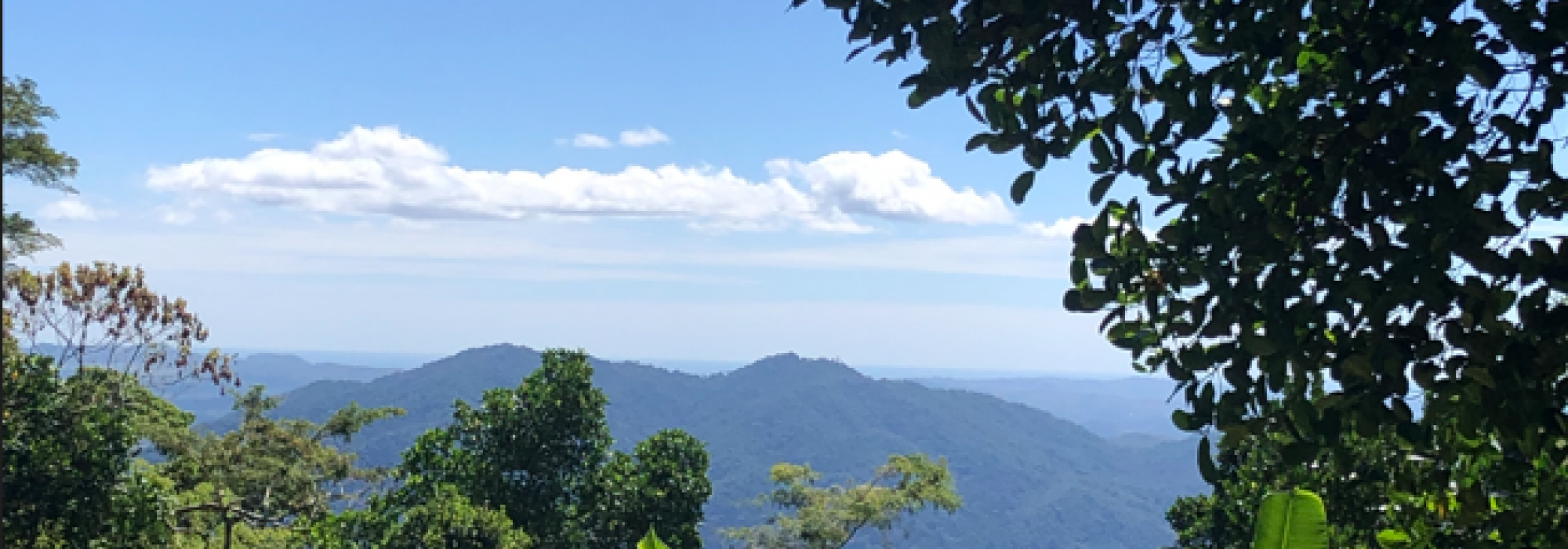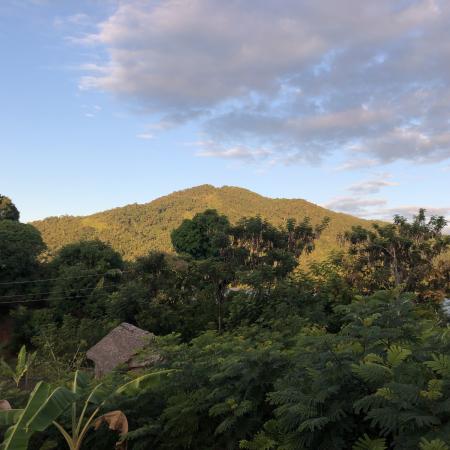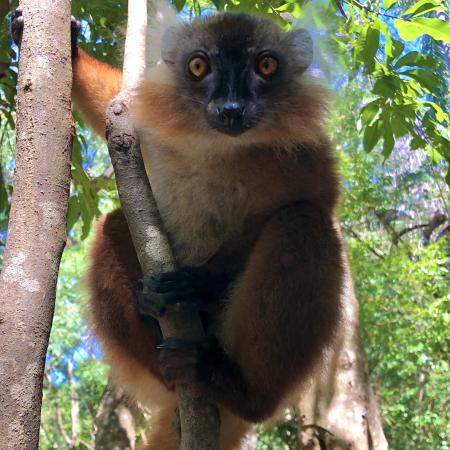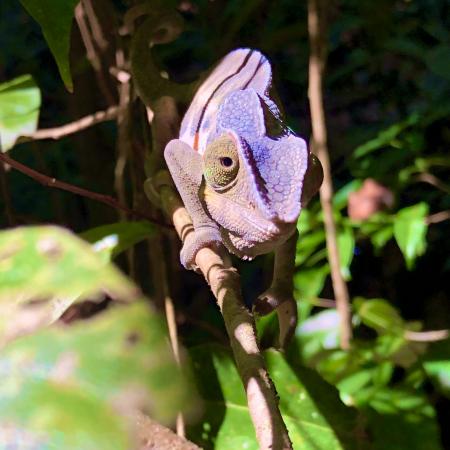
Report: Volunteering in Madagascar
For me, the most important part of the whole experience to get across is not the volunteer work itself, but more just how drastically different every imaginable aspect of life is. In the spirit of GVI, which is ethical conservation work and high levels of cooperation with the locals, we were living under much the same conditions anyone from ‘Hellville’ (the rather un-aptly named capital of Nosy Be, the island where we were staying), which included huts on stilts, bamboo roofs, electricity only when the sun permitted, refreshingly cool showers, and a warning against drinking any tap water. Shoes became a thing of the past, 2 litre plastic water bottles a necessity, and mosquito bites something to endure. The leaves were bigger, the sun’s rays were stronger, and the atmosphere between people infinitely better.

Our daily work took place in Lokobe (which, translated from the regional dialect of Sakalavan, means ‘big glue’, named after the large endemic trees that grow there and produce a sticky, glue-like sap), an area of forest just under 400 hectares square, brimming with endemic biodiversity which had not been surveyed for over 50 years. We were guided by Rene and Claudio, both who had grown up on Nosy Be, and whose ability to read the forest and spot whatever life resided within was inspiring. Our primary aim in Lokobe was to restart preliminary data collection efforts, in the hope that enough data would eventually be collated to warrant further attention and research efforts. This involved surveying four main groups: birds, lemurs, herpetofauna, and plants. Time spent as base revising flashcards of species identification and listening to different bird calls proved to be an essential part of the trip.

Given my general interests, I found the lemur and bird surveys to be the most rewarding. The lemur studies were primarily behaviour focused, seeing how individuals acted within their groups. There are three species of lemurs found in Nosy Be: the black lemur, the Hawk’s sportive lemur, and the Nosy Be mouse lemur (which is the smallest species in the world!). With both the sportive and mouse lemurs being nocturnal, our work focused on the black lemurs. We would trek through the forest until we found a group of at least four individuals (on good days they would be in a huge mango tree on the beach, letting us lounge on the sand whilst doing our surveys), and then each pick a focal individual to study. We then set a timer for one hour, and noted down what behaviour the individual was partaking in every two minutes. This could be anything from sleeping, feeding, moving, resting, fighting, or mutual grooming. Perhaps the greatest challenge of this activity was to ensure you were stood far enough away for when the ‘defaecating’ behaviour came in to play…

Whilst the lemur surveys focussed mainly on behaviour, both the bird and herpetofauna surveys were more looking at abundance and distribution. For the bird surveys, we would hike a pre-determined route through the forest, stopping for 10 minutes at five different sites, noting down any birds we came across, either through visual or audible cues. We became all too familiar with Crested Drongos, Souimanga Sunbirds, and Paradise Flycatchers, whilst more elusive species such as the Striated Heron were enough to turn any bad day around. The herpetofauna surveys involved walking painstakingly slowly for an hour, and noting down the species and size of any reptile or amphibian we saw. The chorus of people calling out “Plated Lizard, 3cm” became somewhat tedious, although we had the odd Goldcrest Day gecko or Tree Boa to shake things up a bit. We also went on night hikes to carry out these herpetofauna surveys, guided only by the dim light of a few torches so as not to startle anything, although incidentally this did result in a few of us getting startled, as we stumbled through the web of a huge Palm Spider, or the smaller but no less intimidating Zebu spider.
My time spent in Madagascar was something I will never forget, and it has given me just a taste of the world of work I want to spend the rest of my life pursuing. I am hugely grateful to Gerry Grimstone’s generosity in helping to fund this dream, without which I would not have been able to make into a reality. I only hope I am able to put this in to good use, transferring the skills I was able to learn this year to my work in later life.